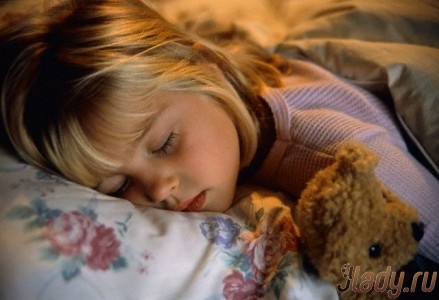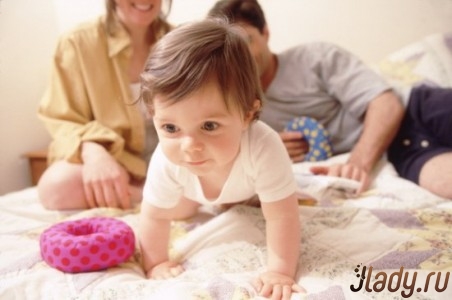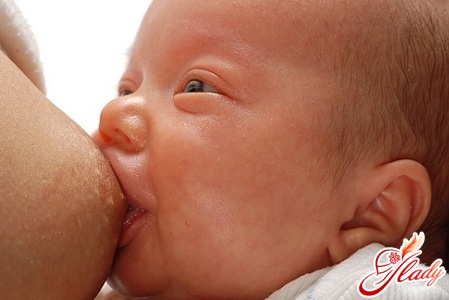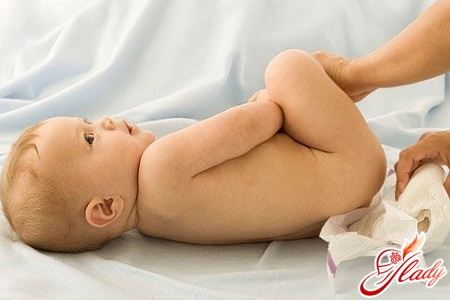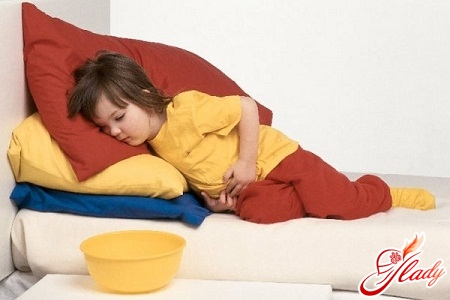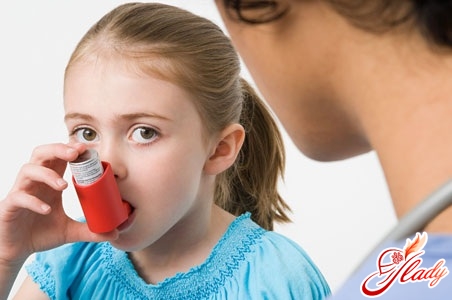 Bronchial asthma overtakes people without looking attheir age. Very often, children become victims of this insidious disease. Unfortunately, this disease is quite common among boys and girls. However, having learned that your baby has bronchial asthma, you should not despair. Despite the fact that the disease is quite dangerous, the level of modern medicine allows people with bronchial asthma to lead an almost full life, albeit with some restrictions. What is this disease? A person suffering from bronchial asthma has chronic inflammation of the respiratory tract. At the same time, in all cases of the disease, doctors can observe significant changes in the reactivity of the bronchi. If we talk about children, it should be noted that almost always when a child develops bronchial asthma, the disease is based on certain allergic mechanisms. It is in this regard that asthma in children has the status of an allergic disease. This is a rather complex disease that requires systematic adequate treatment. We will write about methods of dealing with it below.
Bronchial asthma overtakes people without looking attheir age. Very often, children become victims of this insidious disease. Unfortunately, this disease is quite common among boys and girls. However, having learned that your baby has bronchial asthma, you should not despair. Despite the fact that the disease is quite dangerous, the level of modern medicine allows people with bronchial asthma to lead an almost full life, albeit with some restrictions. What is this disease? A person suffering from bronchial asthma has chronic inflammation of the respiratory tract. At the same time, in all cases of the disease, doctors can observe significant changes in the reactivity of the bronchi. If we talk about children, it should be noted that almost always when a child develops bronchial asthma, the disease is based on certain allergic mechanisms. It is in this regard that asthma in children has the status of an allergic disease. This is a rather complex disease that requires systematic adequate treatment. We will write about methods of dealing with it below.
Causes of development in children of bronchial asthma
As already mentioned, bronchial asthma in childrenin 98% of cases is of an allergic nature. The development of the disease occurs as follows: the child comes into contact with a certain allergen or even a group of allergens. The child's body becomes sensitized to these substances and, as a result, the strongest allergic reactions occur, which, in turn, affect the bronchi and provoke the development of asthma. All parents are primarily concerned about the question of what can become an allergen for a child. As a rule, mothers and fathers have the most modest knowledge in this matter, believing that a very small number of products can cause an allergy in a child: milk, honey, strawberries. The most knowledgeable of them know that house dust or animal hair can cause an allergy in a child. However, in fact, this is only a small part of what can provoke the development of an allergic attack:
- All foods that have a red or orange color.
- All food containing preservatives and artificial colors, as well as flavor enhancers.
- All the sharp smells: oil paint, acetone, gasoline.
- Dust, but not only ordinary household, but also library.
- Pollen of plants, especially in spring and summer.
Of course, this is only the most general and far froma complete list of possible allergens. In addition, very often a child's body is capable of responding with an allergic reaction to the most unexpected, and sometimes completely harmless substance, for example, to kefir or semolina porridge. Therefore, it is impossible to say for sure which irritant can lead to bronchial asthma. Of course, not every allergic reaction must necessarily manifest itself in the form of this disease. Often, an allergy can manifest itself in a different way - seasonal hay fever, atopic dermatitis, urticaria. However, if a child often suffers from acute respiratory diseases, acute, and especially chronic bronchitis, the risk of developing such asthma increases tenfold. So, for example, often the first time this disease appears in a child against the background of bronchitis or some viral disease. Also, a provoking factor for the development of bronchial asthma in a child can be a hereditary predisposition, which occurs if one of the relatives suffers from this disease. The closer the relative who is susceptible to this disease, the higher the risk that the child will also become a victim of bronchial asthma. In addition, problems with the digestive system, especially dysbacteriosis, also increase the likelihood of the disease.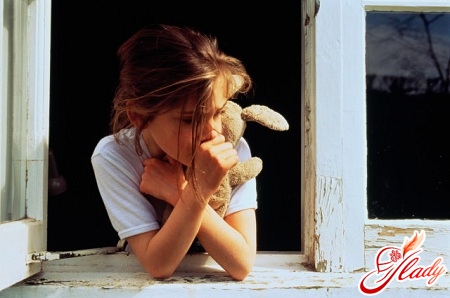
Symptoms of bronchial asthma in a child
In order for the results of treatment of bronchialasthma in children were as successful as possible, the diagnosis should be detected as early as possible. Remember that the onset of this disease will be noticed in a timely manner by those parents who spend a huge amount of time with the child. However, in order for moms and dads to suspect something is wrong, they must have an idea of what signs indicate the possible development of the disease. So, signs of bronchial asthma in children.
- Cough: the presence of a constantly dry cough in the child, especially if it appears in the night or morning hours and is not accompanied by either a temperature or a sputum discharge. If such cough lasts more than three days, parents need to seek medical help.
- Attacks of suffocation upon contact with allergens.If you notice that after your child has come into contact with allergens such as pollen, dust, animals, or medicines, your son or daughter has a severe coughing fit, watery eyes, or, even worse, suffocation, call an ambulance immediately. Or take your child to the nearest medical facility yourself.
Diagnosis of bronchial asthma in children
For successful treatment of asthma in children, it is very important to diagnose the disease promptly and correctly. Correct diagnosis of bronchial asthma is carried out in several stages:
- Anamnesis history
First of all, the doctor should carefully questionmother, father and the child. Moreover, questioning of the parents begins from the moment of pregnancy: the specialist finds out how it proceeded, whether there were any complications, how the birth went. After this, the allergist will ask the parents about what the child has been ill with throughout his life, and carefully study his medical record. The parents should tell the doctor how long ago the attacks began, under what circumstances they occurred, how the child feels during the attack and after it.
- Determination of the allergen, which causes the development of the disease
The next and one of the most important stagesThe main method of diagnosing asthma is to identify the allergen or group of allergens that trigger the attacks. Currently, the most popular are the so-called skin tests for allergens. They are not only the fastest and most accessible, but also the most reliable, which is why most allergists use them. To perform skin tests, the inner part of the forearm is exposed and several small scratches are made. After that, an aqueous solution of all known irritants is immediately applied to these wounds: house dust, animal and food allergens, plant pollen. About half an hour after the allergen solution has been applied to the damaged skin, the doctor begins to evaluate the results. If the skin around the wound turns red and thickens, this means that the child's body has reacted to the allergen that was dropped into the wound. Consequently, this irritant with a very high percentage of probability will provoke the development of an attack of bronchial asthma. But despite the fact that this diagnostic method is extremely convenient and simple, there are some limitations. For example, skin tests cannot be performed immediately after an attack, since the results may be distorted. And even more so, skin tests cannot be performed during the attack itself - this will significantly complicate its course. To obtain objective data after the last attack, at least five days must pass. Another disadvantage of this method of identifying allergens is that the doctor receives only general information. In order to conduct a more detailed diagnosis, it is necessary to do an immunological study of the child's blood for the presence of specific bodies.
- Determination of the degree of disruption of the respiratory system
The final stage of bronchial asthma diagnosticsis to determine the severity of the child's respiratory disorder. For this purpose, the doctor performs spirometry spirometry is a procedure during which the main indicators of the respiratory process are recorded.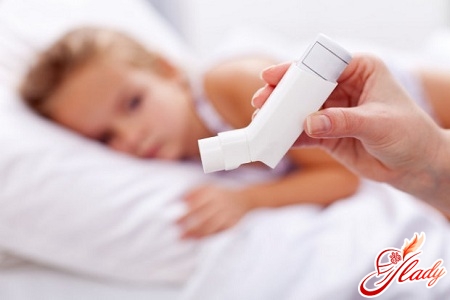
Treatment of bronchial asthma in children
As such, the treatment of bronchial asthma inchildren do not exist. The main task of parents is to eliminate the child's contact with the allergen, and the task of doctors is to conduct therapy aimed at desensitization. In case of success of these measures, as a rule, it is possible to completely prevent the occurrence of attacks of bronchial asthma. So, for example, if it was possible to establish that the cause of attacks of bronchial asthma in a child is animal hair, it is necessary to exclude all contacts of the baby with our smaller brothers. If the cause of allergic reactions is some food allergen, the child must follow a special therapeutic diet - with the complete exclusion of the product causing the allergy from his diet. In the same case, if it is impossible to 100% remove the allergen from the child's environment, it is necessary to conduct special antigen-specific immunotherapy aimed at desensitization of the child's body. It consists of the following: according to a specially selected scheme for the child, an allergen is introduced into his body. As a rule, the beginning of such treatment causes a rapid exacerbation of the disease. However, the body's supply of substances that fight the allergen is depleted, and over time it stops reacting so sharply to the irritant.
First aid for asthma attacks
The main danger that lies in wait for a child issuffering from bronchial asthma is the development of an attack of severe suffocation. And it is very important at this moment that the baby is given emergency assistance. In order to stop an attack of bronchial asthma, the child must be given a medicine to inhale, sprayed using a special inhaler. These drugs very quickly relieve bronchial constriction - acute bronchospasm. There is a fairly wide selection of such inhalers. Moreover, Salbutamol is most often used for children. However, in no case should you buy inhalers on your own - they should only be prescribed by your child's doctor. Bronchial asthma in children is a serious disease, so self-medication in this case is inappropriate. We advise you to read:




